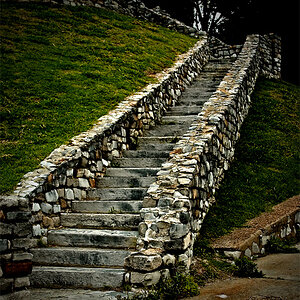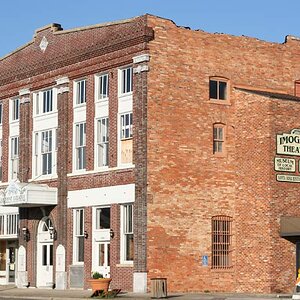Felix_Infelix
TPF Noob!
- Joined
- Jan 6, 2013
- Messages
- 2
- Reaction score
- 0
- Location
- Scotland
- Can others edit my Photos
- Photos OK to edit
Hi there, I'm new to photography as well as this forum, so I'm sorry if this question is a bit stupid!
I had been wondering about the use of large apertures in landscape photography. I know the general rule is to use around F11 or smaller when shooting landscapes so as to achieve maximum depth of field, but I am unsure if there is a reason why not to use larger apertures under certain circumstances.
Say I am using a wide angle lens at 12mm, and have my tripod set up on an overhang of rock so nothing closer than a few meters away is in the frame - if I set my aperture to 4.5 and focus at infinity won't everything be in focus (as there is nothing close enough to be out of focus)? Will I not get the exact same depth of field that I would achieve with F11?
I imagine I'm missing something pretty obvious, hope someone can help - thanks!
I had been wondering about the use of large apertures in landscape photography. I know the general rule is to use around F11 or smaller when shooting landscapes so as to achieve maximum depth of field, but I am unsure if there is a reason why not to use larger apertures under certain circumstances.
Say I am using a wide angle lens at 12mm, and have my tripod set up on an overhang of rock so nothing closer than a few meters away is in the frame - if I set my aperture to 4.5 and focus at infinity won't everything be in focus (as there is nothing close enough to be out of focus)? Will I not get the exact same depth of field that I would achieve with F11?
I imagine I'm missing something pretty obvious, hope someone can help - thanks!



![[No title]](/data/xfmg/thumbnail/42/42278-22ed940cbdc5888a28d9be36006594dc.jpg?1619740086)


![[No title]](/data/xfmg/thumbnail/42/42279-f60778d39180ee6cd87fc84a15559b96.jpg?1619740087)
![[No title]](/data/xfmg/thumbnail/1/1592-cfae4a7ea791f96c6e2d03484be2e454.jpg?1619729144)
![[No title]](/data/xfmg/thumbnail/40/40310-01bec1b9b7918522bf21a09cf75c5266.jpg?1619739414)





![[No title]](/data/xfmg/thumbnail/42/42230-fa8ace50a80342c7d91db1431f911bab.jpg?1619740048)